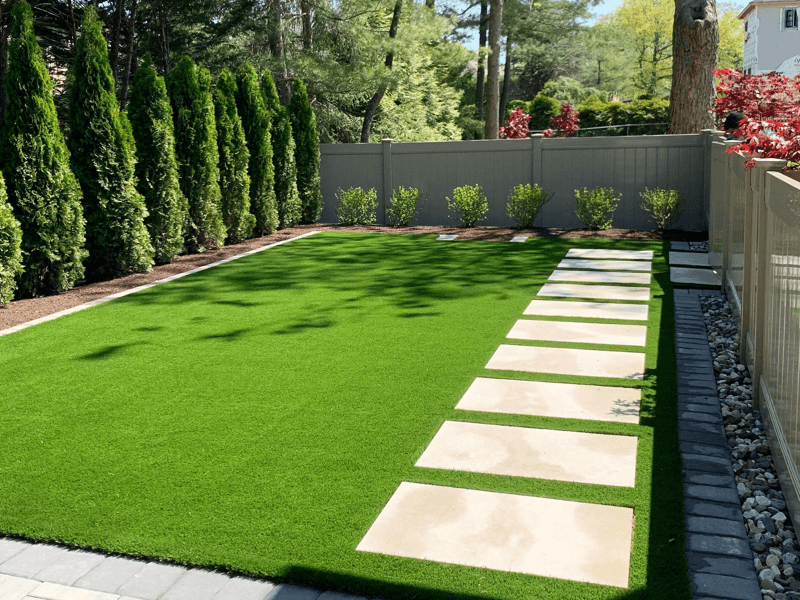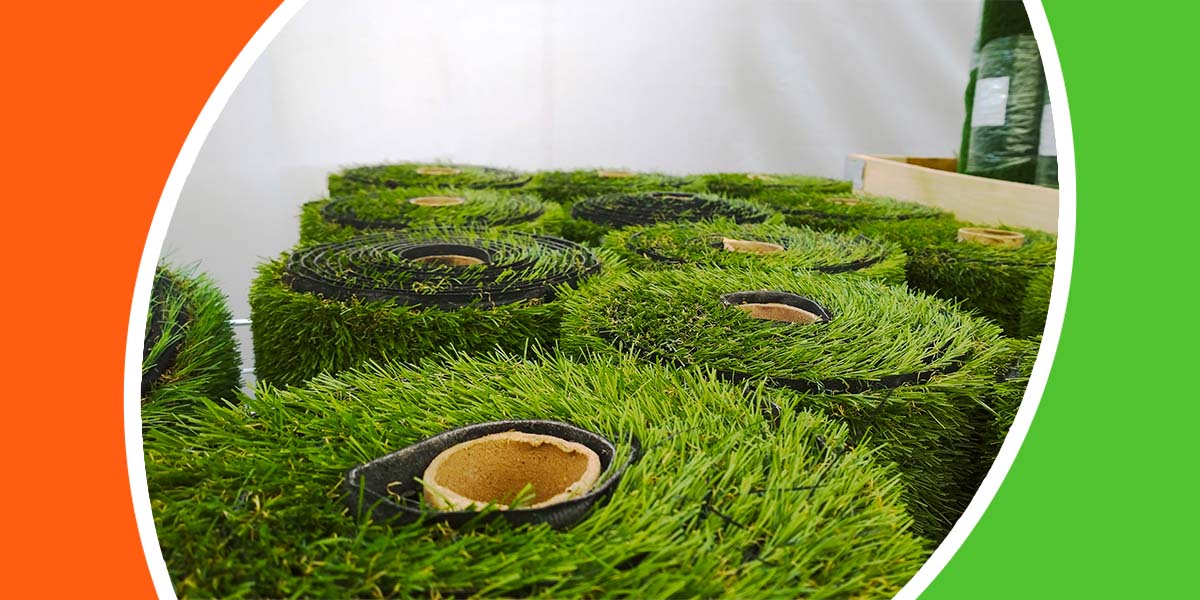Expert Arizona Turf Installation Solutions for Home and Business Use
Expert Arizona Turf Installation Solutions for Home and Business Use
Blog Article
Delve Into the Environmental Benefits of Opting for Synthetic Grass Solutions
The fostering of fabricated turf remedies provides a compelling possibility to resolve pushing ecological difficulties. By considerably lowering water usage and lessening the application of dangerous chemicals, these options not just advertise sustainable landscape design however also safeguard neighborhood environments. Furthermore, the reduced carbon impact linked with reduced upkeep activities adds to a more lasting approach to land administration. Nonetheless, the ramifications of these benefits prolong past mere conservation initiatives, questioning about their lasting effect on habitat conservation and total environmental equilibrium. Checking out these measurements reveals a complicated interaction worth considering.
Water Conservation Advantages
One of the most significant advantages of man-made grass is its ability to conserve water. In comparison, man-made grass does not need watering, substantially decreasing the overall need for water sources.
By getting rid of the need for normal watering, synthetic grass adds to sustainable landscape techniques and assists reduce the ecological impact of too much water consumption. Moreover, the preservation of water encompasses the decrease of drainage, which can cause soil disintegration and waterway contamination.
Furthermore, the installment of artificial grass permits house owners and districts to allocate water sources more effectively, concentrating on essential uses such as drinking water and farming. The shift towards man-made lawn not only promotes accountable water use however also lines up with more comprehensive ecological objectives targeted at maintaining all-natural sources.
As neighborhoods significantly prioritize sustainability, the water conservation benefits of man-made lawn present an engaging instance for its adoption in business and household landscape design tasks.
Lowered Chemical Usage
The change to synthetic grass substantially decreases the reliance on chemical treatments commonly made use of in all-natural turf maintenance. Conventional grass management generally entails the application of plant foods, chemicals, and herbicides to advertise development and control insects. These chemicals can present threats to human wellness, local wild animals, and the setting, adding to soil and water contamination.
In contrast, man-made lawn removes the requirement for these harmful compounds. By minimizing the release of synthetic substances into the environment, artificial grass promotes much healthier soil and water systems.
Additionally, the absence of chemical overflow related to synthetic grass installments helps safeguard local waterways from contamination, supporting water life and preserving biodiversity. Turf installation phoenix az. As neighborhoods significantly focus on sustainable methods, deciding for synthetic lawn provides a sensible solution that aligns with environmental preservation goals. Through this shift, residential or commercial property owners can enjoy rich eco-friendly rooms without endangering ecological health and wellness, leading the way for a more sustainable future
Reduced Carbon Footprint

Moreover, the installment of artificial grass can result in substantial water conservation. Natural yards call for significant quantities of water for watering, which not just includes to the carbon impact connected with water removal and therapy yet also pressures local water resources. In contrast, synthetic grass requires marginal upkeep, calling for no watering, thereby considerably decreasing water use and its connected energy expenses.
Furthermore, the long life of synthetic grass adds to its lower carbon influence. With a life-span of up to 15 years or more, the demand for constant substitutes is reduced, causing much less waste and reduced energy consumption in manufacturing and throwing away typical lawn options. In general, synthetic grass provides a sustainable option for eco mindful landscape design.
Environment Preservation
Habitat conservation is an important consideration in try these out the dispute over landscaping options, especially when comparing synthetic grass to all-natural lawn. Natural grass yards frequently call for considerable maintenance, including using chemicals, herbicides, and fertilizers, which can adversely influence regional environments. These chemicals can leach right into check my site the dirt and waterways, hurting indigenous plants and fauna and interfering with regional habitats.
Synthetic grass gets rid of the requirement for dangerous chemicals, consequently shielding neighboring wildlife and maintaining the honesty of bordering ecosystems. The installation of artificial turf can lead to the conversion of previous yard locations right into even more biodiverse landscapes, such as pollinator yards or indigenous plant locations, which can sustain regional wildlife.
Eventually, the change to synthetic grass not just saves water and minimizes upkeep initiatives however also fosters an extra harmonious connection between human activities and the native environment, promoting habitat preservation at the same time.
Long-Term Sustainability
Lasting sustainability is a vital aspect in reviewing the benefits of synthetic grass over traditional yard yards. One of the most substantial benefits of man-made grass is its see it here sturdiness; it can last up to 15-20 years with marginal maintenance, whereas natural grass calls for regular reseeding and replacement. This long life decreases the need for constant sources, such as water, fertilizers, and chemicals, which are important for keeping a healthy and balanced grass yard.
In addition, synthetic grass adds to a decrease in carbon emissions linked with yard care tools. Conventional grass typically need gas-powered lawn mowers, trimmers, and blowers, every one of which add to air contamination. Arizona turf. In comparison, synthetic grass removes the demand for such devices, advertising a cleaner environment
In addition, the production of man-made turf significantly uses recycled products, boosting its sustainability profile. As suppliers embrace environmentally friendly methods, the ecological footprint of synthetic grass proceeds to diminish.

Final Thought
The fostering of fabricated grass solutions offers considerable environmental benefits, including significant water conservation, decreased reliance on hazardous chemicals, and a reduced carbon footprint. In addition, synthetic grass help in protecting all-natural habitats by decreasing land disturbance and advertising long-lasting sustainability via the use of sturdy materials. Collectively, these variables highlight the capacity of synthetic grass to add positively to environmental health and wellness and use a practical alternative to conventional landscape design techniques in an increasingly resource-conscious world.
In comparison, artificial turf does not need watering, dramatically minimizing the overall demand for water resources. By lessening the launch of artificial compounds into the ecological community, artificial turf promotes much healthier dirt and water systems.
Furthermore, the setup of man-made grass can result in significant water conservation. In contrast, synthetic grass needs very little maintenance, calling for no watering, thereby significantly decreasing water usage and its associated energy prices.

Report this page